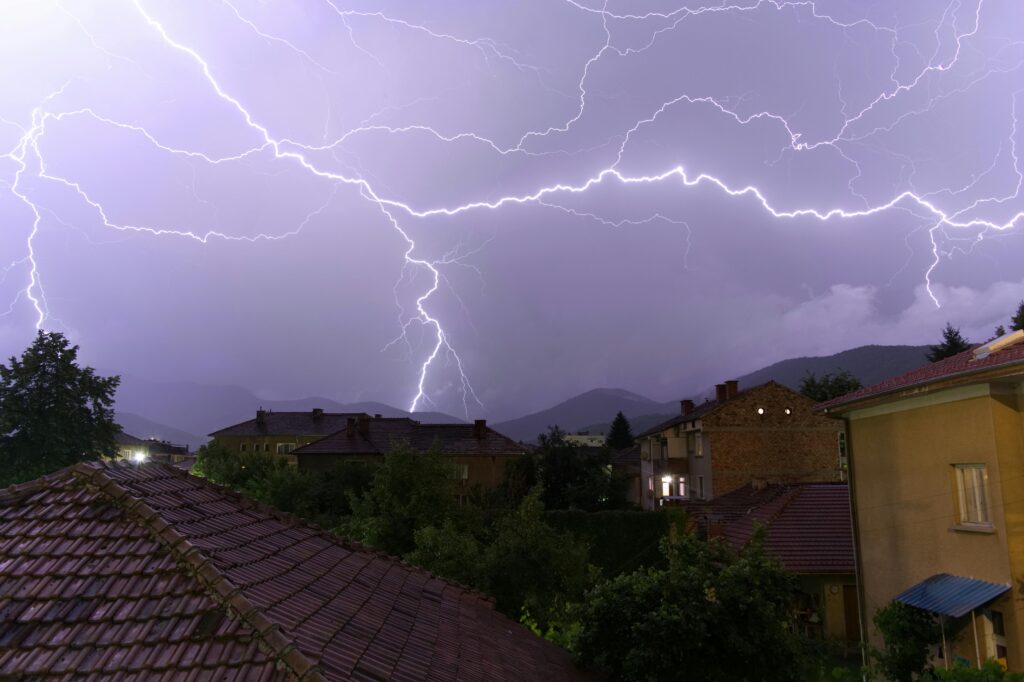Understanding Hurricane Alerts
Hurricane alerts are crucial notifications that inform the public about potential hurricane threats, allowing individuals and families to prepare adequately. These alerts typically include various categories such as watches and warnings, which help convey the severity and expected impact of the storm.
For instance, a hurricane watch indicates that conditions are favorable for a hurricane to develop, while a warning means that a hurricane is imminent. Staying updated with these alerts through local news, weather apps, and official government channels is essential for ensuring safety during severe weather events.
Preparing for a Hurricane: Essential Safety Tips
Preparation is key to ensuring safety during a hurricane. This involves creating an emergency plan, assembling a disaster supply kit, and ensuring your home is fortified against potential damage. Knowing evacuation routes and having a communication plan for family members can significantly enhance your preparedness.
Additionally, it is advisable to secure outdoor items that could become projectiles in high winds and to consider installing storm shutters or boarding up windows. By taking these proactive steps, you can minimize risks and protect your property and loved ones during a hurricane.
Post-Hurricane Recovery: Steps to Take
After a hurricane has passed, the recovery process begins, which can often be overwhelming. It is important to assess the damage carefully and prioritize safety when returning to your property. This includes checking for hazards such as downed power lines, gas leaks, or structural damage.
Engaging with professional restoration services can expedite the recovery process. Companies like 24 Hour Flood Fighters specialize in water damage restoration, mold remediation, and other essential services to help homeowners restore their properties and peace of mind after a disaster.
Community Resources and Support During Disasters
During and after a disaster, community resources play a vital role in providing support to affected individuals and families. Local governments, non-profit organizations, and emergency services often offer assistance such as shelters, food distribution, and counseling services.
Connecting with these resources can provide crucial help during difficult times. For example, the Red Cross and local emergency management offices can guide residents on available support and recovery programs, ensuring that no one faces the aftermath of a disaster alone.

